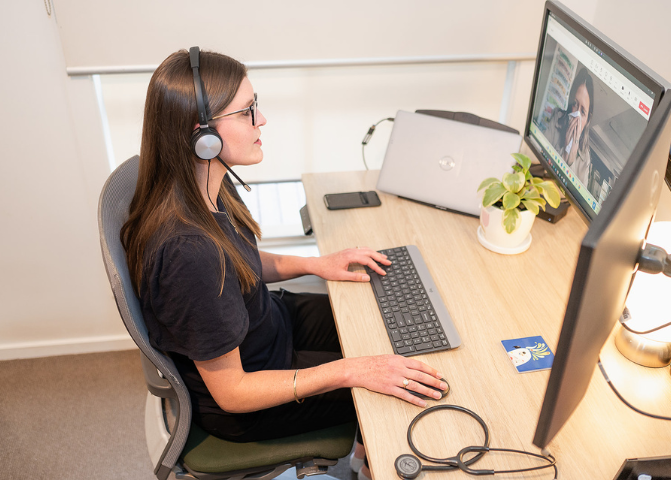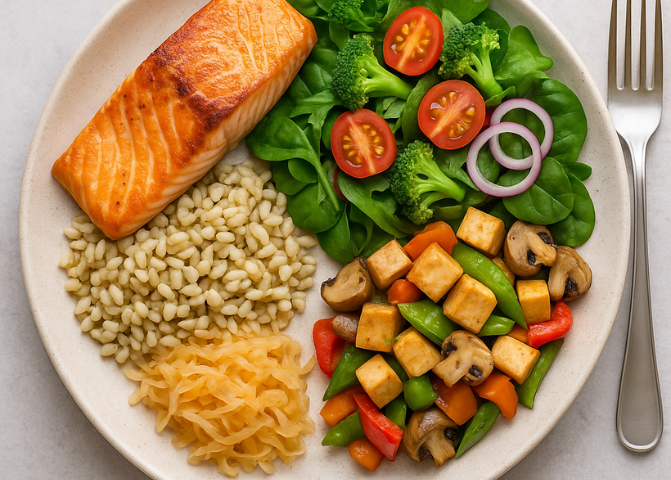16/11/2025
The Belt Squat RDL is a Game-Changer
Looking to build a stronger, more powerful lower body while minimizing risk? The Belt Squat RDL might just be the exercise you’ve been missing. This unique movement, often overlooked, offers a fantastic blend of muscle engagement, safety, and progressive overload. Let’s dive in and explore why you should consider adding it to your routine.
1. What is the Belt Squat RDL?
The Belt Squat RDL (Romanian Deadlift) is a variation of the traditional RDL that utilizes a belt squat machine. Instead of holding a barbell or dumbbells in your hands, use a V handle to attach to the machine with a hook or carabiner.
Setting Up for Success:
Bottom Out the Weight: Begin with the belt squat machine’s weight stack or platform fully lowered (bottomed out).
Attach the Handle: Connect a V-handle to one of the holes on the belt squat arm using a hook or carabiner. For added adjustability or to fine-tune the starting position, you might add a short length of chain between the handle and the machine.
Position Yourself: Stand on the belt squat platform with the V-handle between your legs.
Grip the Handle: Squat down to grasp the handle securely. Consider using wrist straps if your grip strength tends to be a limiting factor.
Lift to the Start: Keeping a straight back and engaged core, safely stand up from this squat position. You are now in the top, starting position for your first hip-hinge RDL movement.
From this top position, you’re ready to perform your Belt Squat RDLs, focusing on the hip hinge to powerfully engage your glutes and hamstrings.
This shifts the load directly to your glutes and hamstrings, allowing for a more focused and often safer execution of the RDL movement pattern. Imagine the hip hinge of a deadlift, but with the weight pulling directly down from your hips rather than being held by your grip.
2. How Do You Do It?
Performing a Belt Squat RDL is relatively straightforward once you get the hang of the belt squat machine.
The Hinge: Initiate the movement by pushing your hips back as if you’re trying to touch a wall behind you. Keep your back straight, maintaining a neutral spine. Allow your torso to hinge forward, but avoid rounding your lower back. The weight should pull directly down from the handle between your legs.
The Stretch: Continue to lower the weight until you feel a deep stretch in your hamstrings. This will vary from person to person, but aim for just below knee height or until your torso is roughly parallel to the floor, without compromising your spinal position.
Return: Drive your hips forward, squeezing your glutes, to return to the starting position. Focus on using your hamstrings and glutes to pull the weight up, rather than your lower back.
“Hinge, don’t fold. Push back with your backside”
3. Muscle Groups Involved
The Belt Squat machine RDL is a powerhouse for posterior chain development:
Hamstrings: These are the primary movers, responsible for extending the hip and controlling the eccentric (lowering) phase.
Glutes: Your gluteus maximus plays a crucial role in hip extension, especially as you drive back to the top.
Erector Spinae: These muscles along your spine work isometrically to maintain a rigid and neutral spine throughout the movement.
Core: Your entire core musculature engages to stabilize your torso and prevent unwanted movement.
4. Why It’s Safer: Hip Hinge and Hands Closer to Body Center
This is where the Belt Squat RDL truly shines in terms of safety and efficacy.
Direct Hip Hinge: By placing the load directly on your hips, the exercise forces a proper hip-hinge pattern. This reinforces the movement mechanics necessary for lifting heavy objects safely in everyday life and other exercises. It reduces the temptation to squat the weight or round the back, common issues with traditional RDLs.
Reduced Spinal Load: Because the weight is held central to the body, there’s less direct compressive load on your spine. This makes it an excellent option for individuals with lower back sensitivities or those looking to give their spine a break from heavy barbell work.
Hands Closer to Body Center: With a V-handle or similar attachment, your hands are positioned closer to your body’s centerline. This improves leverage, making the movement feel more controlled and stable. It also minimizes the strain on your grip, allowing you to focus purely on driving with your lower body, which is particularly beneficial when trying to overload the movement.
5. Overload and Progression
The Belt Squat RDL offers excellent opportunities for progressive overload:
Increase Weight: The most straightforward way to progress is by simply adding more weight to the belt squat machine.
Increase Reps/Sets: Performing more repetitions or sets can challenge your muscular endurance.
Tempo Training: Slowing down the eccentric (lowering) phase can increase time under tension and muscle stimulus.
Pause Reps: Adding a brief pause at the bottom of the movement can enhance hamstring and glute activation.
The Belt Squat RDL is a highly effective and safer alternative for building a strong, resilient posterior chain. Its unique loading mechanism and emphasis on a proper hip hinge make it an invaluable addition to any training program, especially for those looking to maximize muscle growth while prioritizing spinal health. Give it a try and feel the difference!
Recommended reading
Search for a specific topic or filter by categories to find information on what you need to know on the full Medmate Journal


Why Akkermansia Might Be the Coolest Gut Bacteria You’ve Never Heard Of
At Medmate, we’re always learning about the latest science to help people feel their best.One of the coolest discoveries? A special gut bacteria called Akkermansia muciniphila (you can just call…
